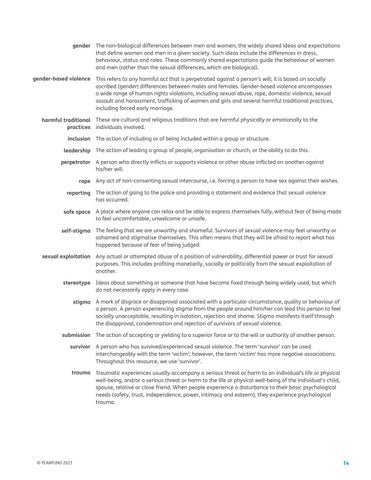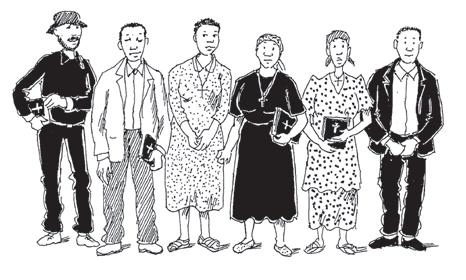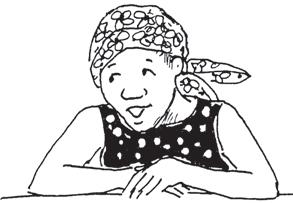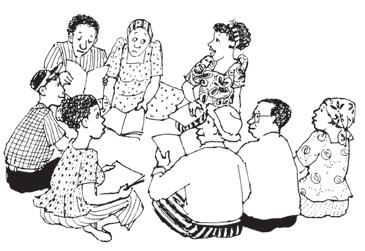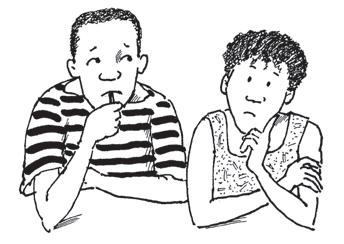gender The non-biological differences between men and women; the widely shared ideas and expectations that define women and men in a given society. Such ideas include the differences in dress, behaviour, status and roles. These commonly shared expectations guide the behaviour of women and men (rather than the sexual differences, which are biological). gender-based violence This refers to any harmful act that is perpetrated against a person’s will; it is based on socially ascribed (gender) differences between males and females. Gender-based violence encompasses a wide range of human rights violations, including sexual abuse, rape, domestic violence, sexual assault and harassment, trafficking of women and girls and several harmful traditional practices, including forced early marriage. harmful traditional These are cultural and religious traditions that are harmful physically or emotionally to the practices individuals involved. inclusion The action of including or of being included within a group or structure. leadership The action of leading a group of people, organisation or church, or the ability to do this. perpetrator A person who directly inflicts or supports violence or other abuse inflicted on another against his/her will. rape Any act of non-consenting sexual intercourse, i.e. forcing a person to have sex against their wishes. reporting The action of going to the police and providing a statement and evidence that sexual violence has occurred. safe space A place where anyone can relax and be able to express themselves fully, without fear of being made to feel uncomfortable, unwelcome or unsafe. self-stigma The feeling that we are unworthy and shameful. Survivors of sexual violence may feel unworthy or ashamed and stigmatise themselves. This often means that they will be afraid to report what has happened because of fear of being judged. sexual exploitation Any actual or attempted abuse of a position of vulnerability, differential power or trust for sexual purposes. This includes profiting monetarily, socially or politically from the sexual exploitation of another. stereotype Ideas about something or someone that have become fixed through being widely used, but which do not necessarily apply in every case. stigma A mark of disgrace or disapproval associated with a particular circumstance, quality or behaviour of a person. A person experiencing stigma from the people around him/her can lead this person to feel socially unacceptable, resulting in isolation, rejection and shame. Stigma manifests itself through the disapproval, condemnation and rejection of survivors of sexual violence. submission The action of accepting or yielding to a superior force or to the will or authority of another person. survivor A person who has survived/experienced sexual violence. The term ‘survivor’ can be used interchangeably with the term ‘victim’; however, the term ‘victim’ has more negative associations. Throughout this resource, we use ‘survivor’. trauma Traumatic experiences usually accompany a serious threat or harm to an individual’s life or physical well-being, and/or a serious threat or harm to the life or physical well-being of the individual’s child, spouse, relative or close friend. When people experience a disturbance to their basic psychological needs (safety, trust, independence, power, intimacy and esteem), they experience psychological trauma.
© TEARFUND 2021
54
